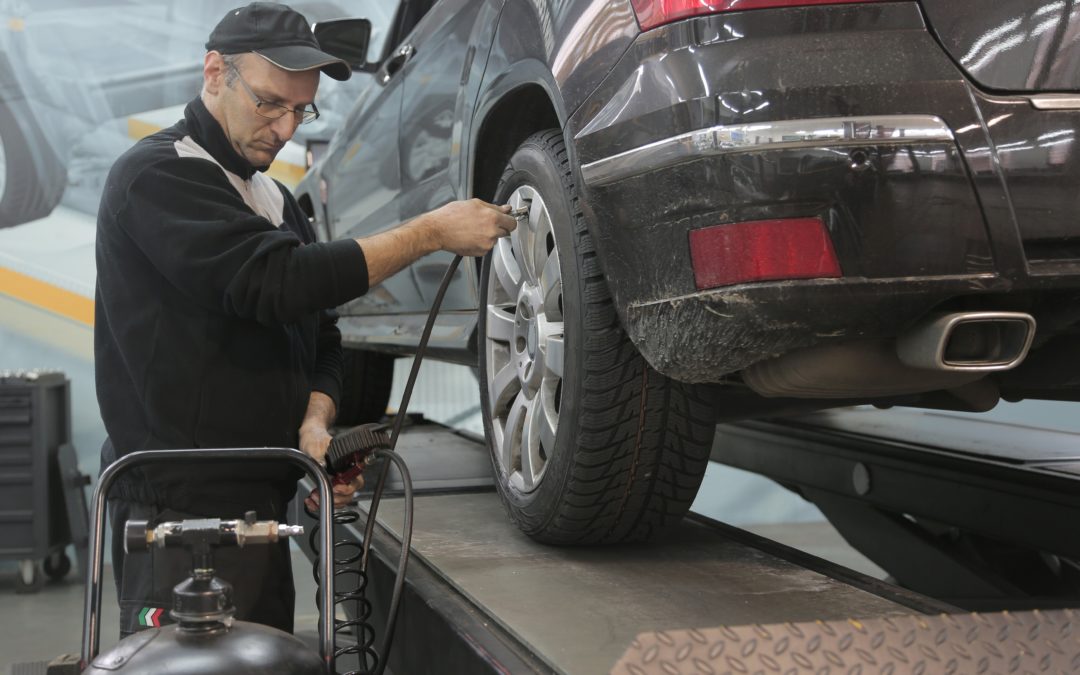If you are looking to keep your vehicle in tip-top shape and avoid costly repairs, then you should consider developing a maintenance plan for your vehicle. While this sounds daunting, regular vehicle maintenance is an easy way to manage the health of your vehicle’s main systems and functions to keep it running smoothly.
So, what should be in a vehicle maintenance plan and how can you go about implementing one? In this blog, we list the key steps for a maintenance plan and provide you with suggestions on how to handle each maintenance task.
Key Steps in a Maintenance Plan
Step 1: Consult with your vehicle owner’s manual. While many vehicle owners rarely look at the owner’s manual, it is a helpful guide specific to your vehicle’s make and model. Many owner’s manuals may even have a section on vehicle maintenance with suggested timeframes, maintenance items, and other pertinent information.
Step 2: Check and/or change oil and filter. Regular oil and filter changes are one of the most critical tasks you can do to prolong the health of your vehicle. Typically, oil should be changed every 3,000 – 7,000 miles driven, but synthetic oils will last longer than conventional ones. Don’t sacrifice this maintenance task because it is one of the most important ones you should do routinely.
Step 3: Check and replenish other vital engine fluids. Part of a maintenance plan should be to look for signs of leaks under your vehicle. If you don’t see any evidence of leaks, make sure to check the vital fluids at least once monthly. The important ones to check include:
- Radiator fluid (coolant)
- Brake fluid
- Transmission fluid
- Power steering fluid
- Windshield wiper fluid
When checking these fluids, if you notice significant or continuous loss of fluid levels, consult with your service technician at Campus Repair. Fluid loss can be an early symptom of a bigger problem that you want to address sooner than later.
Step 4: Inspect your tire treads and check air pressure. Keeping your tires inflated to the proper pressure and ensuring that the treads are not too worn is a very important safety concern. Keep in mind that tire pressure should be according to your vehicle manufacturer and you can find this information in the owner’s manual. Tread wear and damage is very common if your driving takes you over rough road surfaces or you are putting a lot of miles on the vehicle. You should check pressure and treads at least monthly.
Step 5: Replace windshield wiper blades. Seasonal changes can impact your wiper blades between extreme cold and hot sun. Because wiper blades are made of rubber material, they can crack and deteriorate, reducing your ability for good visibility on your front or rear windows. Check and replace your wiper blades at least once a year.
Additional Maintenance Considerations
In addition to the above plan items, there are some additional maintenance considerations that can help you develop a comprehensive plan.
- Address dashboard warnings: It is always advisable to take care of any warning lights/indicators from your vehicle systems. Obviously, some are more serious than others but ignoring warning lights can lead to further complications.
- Tune your senses to problems: Responsible vehicle owners stay in tune with their vehicle through sight, sound, smell, and touch. If you notice strange smells or sounds, or something doesn’t feel right when driving, make sure to consult with your service technician.
If you would like to develop a vehicle maintenance plan, or need help in addressing specific maintenance items, contact the service professionals at Campus Repair. We will work with you to set up a regular maintenance schedule and address any ongoing problems with your vehicle.

